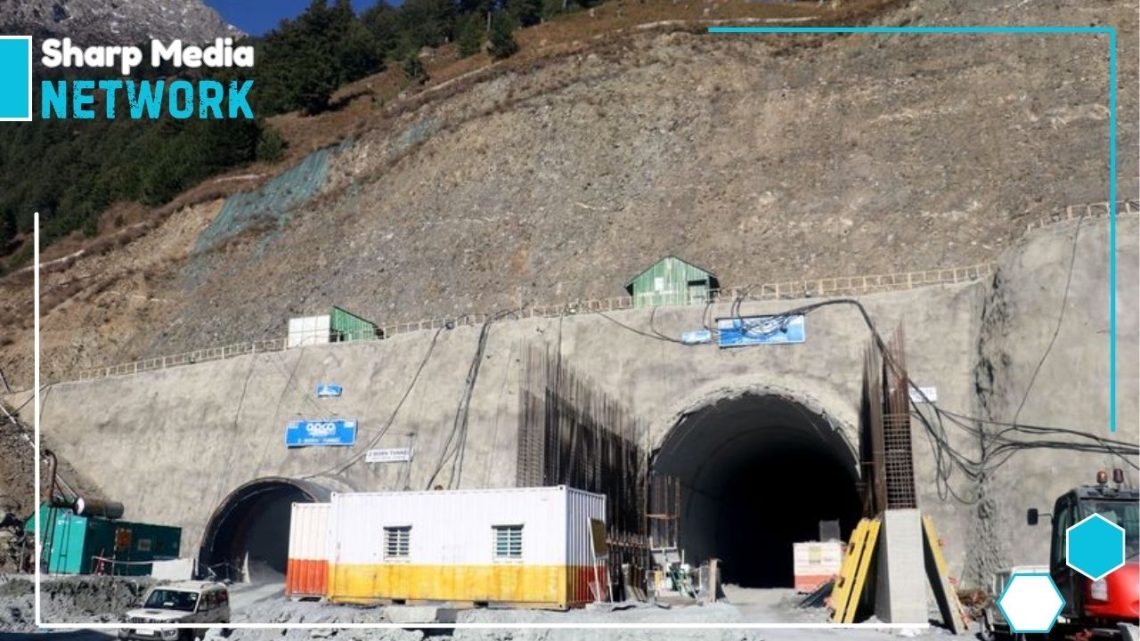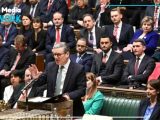
Z-Morh Tunnel: Development or Militarization in IIOJK?
January 13, 2025Modi’s inauguration of the Z-Morh Tunnel stirs controversy over alleged human rights violations and deepened militarization in IIOJK.
Indian Prime Minister Narendra Modi is set to inaugurate the Z-Morh Tunnel in Indian Illegally Occupied Jammu and Kashmir (IIOJK) today, on January 13. While touted as a milestone for regional development, the project has faced criticism for its underlying motives and implications for the local population.
Initiated in 2018, the 6.5-kilometer, two-lane tunnel in the Ganderbal district was envisioned to make Sonamarg an all-weather tourist destination. However, allegations of corruption, political manipulation, and illegal funding tied to the Bharatiya Janata Party (BJP) have overshadowed its completion.
Critics argue that infrastructure projects like the Z-Morh Tunnel represent blatant violations of international laws and human rights charters. The absence of consultation with local communities has fueled accusations of coercion and marginalization, further eroding trust between residents and the occupational government.
Human rights organizations have highlighted significant concerns about the lack of transparency and accountability in such projects. This top-down approach disregards democratic governance principles and contravenes United Nations mandates protecting the rights and livelihoods of indigenous populations.
Moreover, the tunnel and other infrastructure projects are widely perceived as serving military interests rather than developmental goals. Designed to facilitate the swift movement of Indian security forces, these projects raise fears of increased militarization in the already volatile region. Enhanced mobility for security personnel could lead to more aggressive crackdowns on dissent, deepening tensions between the state and local communities.
For many Kashmiris, these projects reinforce the narrative that IIOJK is treated as a strategic asset rather than a home for its residents. This perception further alienates the local population, undermining trust in the government’s intentions and exacerbating existing grievances.
The Z-Morh Tunnel is not just a physical structure but a symbol of the growing divide between IIOJK’s aspirations and the Indian state’s actions. While the government presents it as a step toward development, its military-centric approach has heightened fears of suppression and exploitation, leaving the people of IIOJK to question who truly benefits from these projects.

